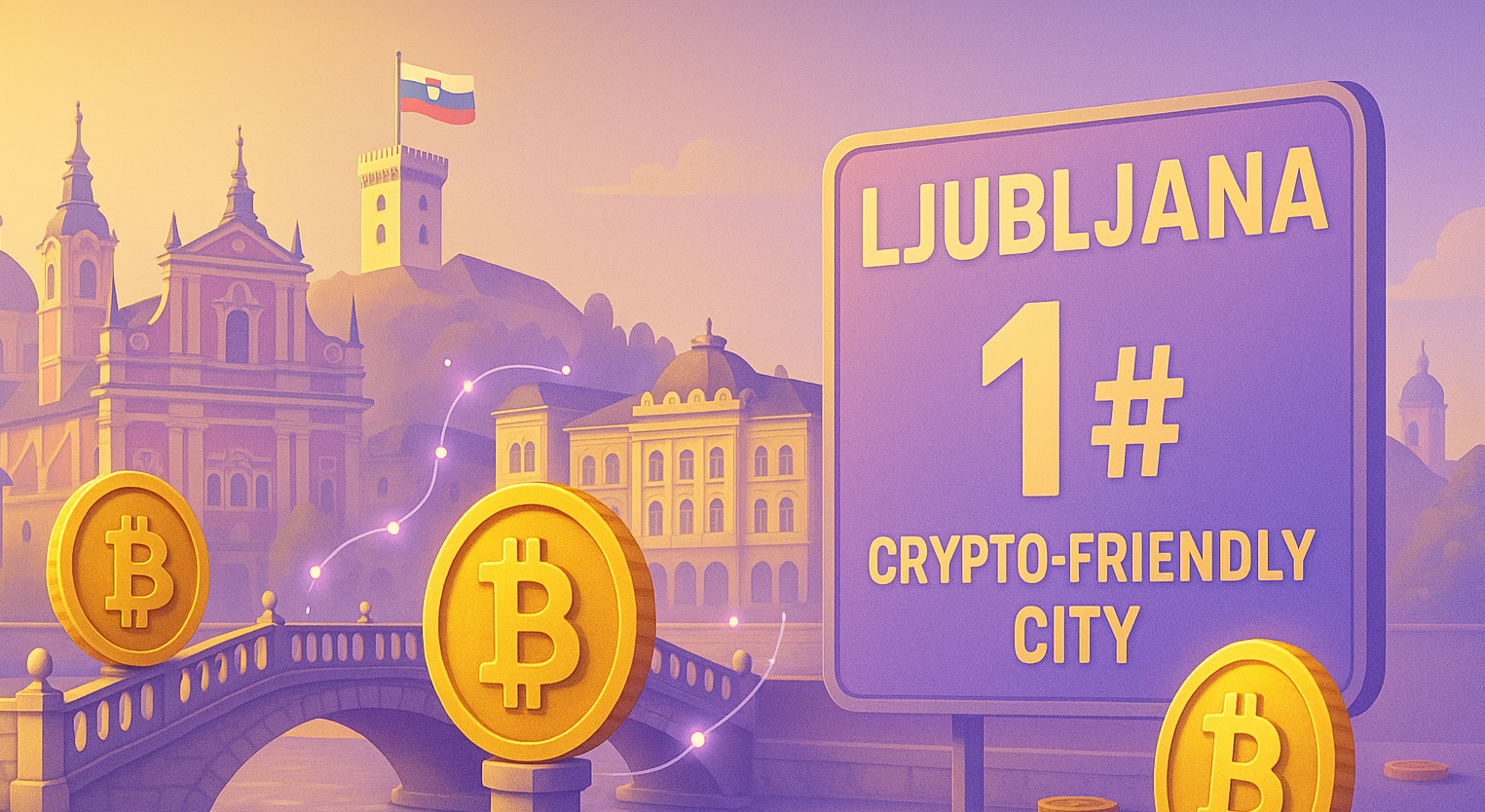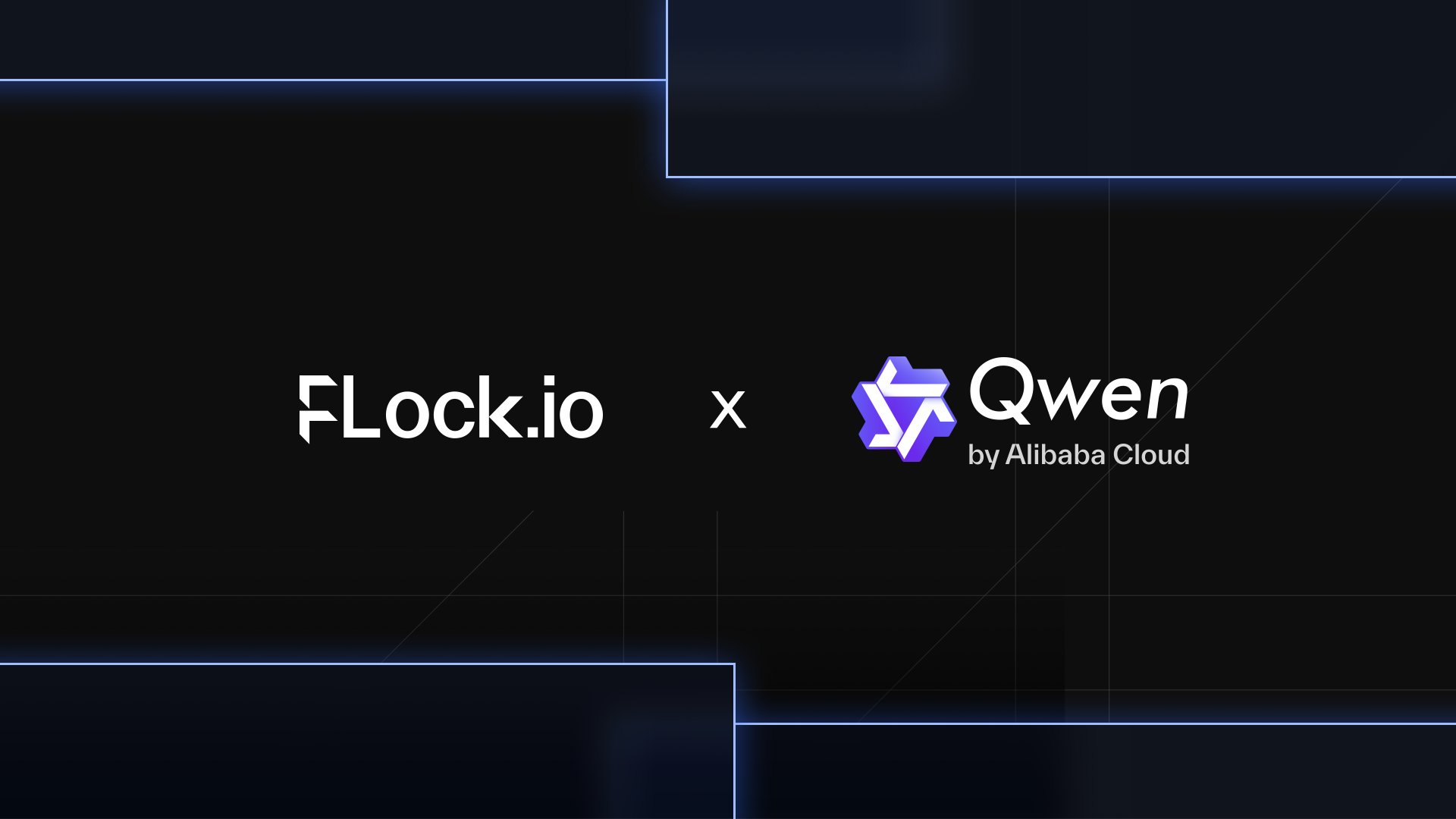Welcome to the world of Ethereum staking! Staking is a bit like putting your money to work for you, but in the cryptocurrency realm. With Ethereum, one of the stars of the crypto world, staking not only allows you to actively participate in the security and operation of the network, but also to earn rewards in return. In this introduction, we’ll find out together what Ethereum staking is, why it’s crucial to the Ethereum ecosystem and what benefits you can gain from it. Ready to dive into the exciting world of ETH staking? Let’s get started!
How does Staking Ethereum work?
To participate in Ethereum staking, users must block a certain amount of ETH in the protocol. These tokens serve as collateral to validate transactions and support the integrity of the network. Validators are chosen at random to create new blocks and validate transactions, receiving ETH rewards in exchange.
- Requirements: A minimum amount of ETH and a stable internet connection.
- Role of validators: Crucial for transaction validation and network security.
- Process: ETHs are blocked and put into play to participate in the validation.
Why Staking ETH?
Ethereum staking offers several advantages, both for the individual and for the network as a whole:
- Personal benefits: Receive ETH rewards, generating passive income.
- Contribution to the network: Helping to maintain the security and stability of the Ethereum blockchain.
- Support for decentralization: Strengthen decentralization by helping to validate transactions.
The best platforms for Ethereum staking
- Coinbase: Coinbase is a trusted platform in the cryptocurrency industry, renowned for its ease of use and intuitive interface. Although it may offer a slightly lower APY than some competitors, its reputation, customer service and high-level security make it a solid choice for users looking for a secure and reliable entry into Ethereum staking.
- Nexo: Nexo stands out for its elegant user interface and daily staking rewards. Offering an APY of up to 12%, the platform enables instant withdrawals and offers lending options against staked crypto. Although Nexo is not available in certain regions, its extensive coverage and diverse services make it an attractive option for international users.
- Lido: Lido offers a liquid, decentralized staking solution that enables users to benefit from the flexibility and accessibility within the DeFi ecosystem. By staking with Lido, users receive stETH tokens, increasing their performance options in various DeFi applications while benefiting from a competitive APY.
- Rocket Pool: Rocket Pool is a decentralized staking network that attracts advanced users thanks to its open structure and authorization-free validation model. Offering an APY of around 3.27%, Rocket Pool seduces with its promise of a more resilient, less centralized network, where every participant can contribute to Ethereum’s security and decentralization.
- Binance: Binance is an extremely popular platform that provides an accessible and easy-to-use Ethereum staking service. Although its APY isn’t the highest, Binance makes up for it with an optimal user experience, great liquidity and a secure platform, making staking accessible to a wide audience.
When choosing a platform for Ethereum staking, it’s essential to consider factors such as APY, security, user interface and customer support. Each platform has its own distinct advantages that may suit different types of user, from beginners to more experienced investors.
Staking on Binance
Binance, one of the most popular cryptocurrency exchange platforms, also offers an Ethereum staking service that’s both accessible and convenient. Here’s how you can get started:
- Registration and deposit: Create a Binance account and deposit a certain quantity of ETH.
- Choice of staking product: Select the Ethereum staking option that matches your investment objectives.
- Activate staking: Commit your ETH to your chosen staking product and start earning rewards.
Advice for successful and secure staking on Binance :
- Security: Use all the security measures offered by Binance, such as two-factor authentication.
- Regularity: Monitor your account regularly to check your earnings and adjust your strategies if necessary.
Pros and cons
Ethereum staking, like any investment, has its share of advantages and disadvantages:
Pros:
- Passive income: Earn interest on your immobilized ETH.
- Network support: Contribute to Ethereum’s security and efficiency.
Cons:
- Liquidity: Your ETH are immobilized and less accessible.
- Volatility: Staking rewards can fluctuate with the market.
Profitability of Ethereum staking
The profitability of Ethereum staking depends on several factors, including the amount of ETH you stake, the duration of the staking, and the state of the market. Here’s what you need to know:
- Rewards: Validators receive ETH rewards for their contribution to the network.
- Influential factors : Profitability may vary according to current reward rates and market conditions.
To assess the profitability of ETH staking:
- Staking calculator: Use online tools to estimate your potential earnings.
- Market monitoring: Keep abreast of market trends to optimize your staking decisions.
Is it safe?
Ethereum staking, like any cryptocurrency transaction, involves certain risks. However, with appropriate precautions, it can be considered quite secure:
- Securing funds: Make sure your staking platform uses robust security measures.
- Risk of loss: Understand the conditions under which you could lose part of your funds (e.g. slashing in the event of misconduct).
To increase the safety of your staking :
- Wise choice: Opt for recognized platforms with good security practices.
- Key management: Keep strict control over your private keys and use only secure wallets.
Other Cryptos that can be Staked
Staking is not exclusive to Ethereum. Other cryptocurrencies also offer this possibility, each with its own advantages and specificities:
- Diversification: Staking different cryptos can help reduce risk and increase earning potential.
- Comparison: Find out about the rates of return, stability and security offered by other cryptos.
To choose the best options :
- Research: Study projects before investing.
- Community: Consider the support and commitment of the community around the various cryptos.
Practical guide: Getting started with ETH Staking
To start staking ETH, follow these concise and practical steps:
- Staking platform: Select a reliable platform for ETH staking.
- Participation: Follow the instructions on the platform to deposit your ETH.
Advice for successful staking :
- Get informed: Understand the process and expectations before you begin.
- Monitoring: Stay active in managing and monitoring your staking.
Community and support
The Ethereum community plays a crucial role in supporting and developing staking. Here’s how it can help:
- Exchange and support: Join forums and newsgroups to get advice and share experiences.
- Educational resources: Take advantage of the guides, tutorials and webinars provided by the community to better understand and optimize your staking.
To get actively involved :
- Attend events: Attend conferences and meetups to meet other stakers and learn from the experts.
- Active contribution: Share your knowledge, ask questions and offer your help to strengthen the community.
Conclusion
Summarize the key points made in the article, highlight the importance of staking for the individual and for the Ethereum ecosystem, and encourage readers to find out more before taking the plunge :
- Summary of benefits: A reminder of the benefits of ETH staking.
- Call to action: Encourage readers to start staking cautiously, armed with the knowledge they’ve acquired.
- Future vision: Express optimism about the evolution of staking and its impact on the future of Ethereum.
FAQ
Is staking Ethereum a good idea?
Ethereum staking depends on your financial goals, risk tolerance and personal preferences. It offers benefits such as ETH rewards and contributes to network security, but also entails risks, including market volatility and the possibility of losing your ETH in the event of mismanagement or network problems.
Can anyone do ETH staking?
Yes, anyone with ETH can participate in staking, but it’s important to note that to become a validator independently, it’s usually necessary to have at least 32 ETH. Staking options with lower amounts are available via staking platforms such as Binance.US, which allow you to start with as little as 0.001 ETH.
What is the lock-in period in staking?
The lock-in period refers to the time during which your staked ETH cannot be withdrawn or used for other purposes. This period can vary depending on the platform or staking method chosen, and can last from a few months to several years.
Is ETH staking profitable?
Staker de l’ETH can be profitable because you’ll receive rewards in the form of interest on your stake. However, profitability depends on current reward rates and market conditions. It’s important to research and understand the specifics of staking before committing.
How do I start trading ETH on Binance.US?
To start staking ETH on Binance.US, you need to log in to your account, navigate to the staking page, select the ETH, and follow the instructions to place your bet. The process is user-friendly and designed to be accessible to all users.














